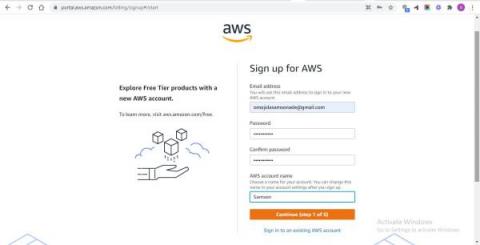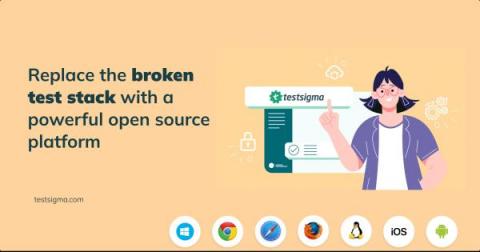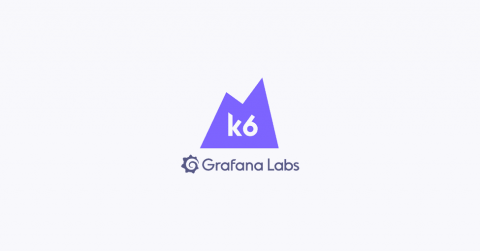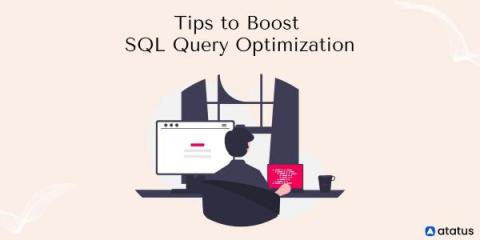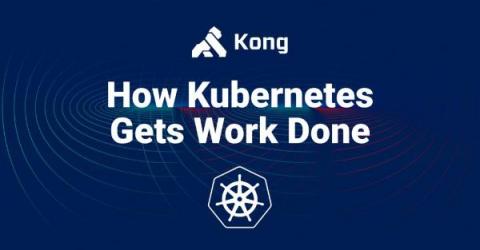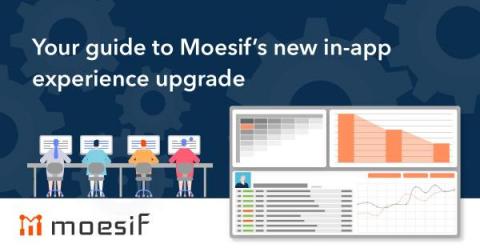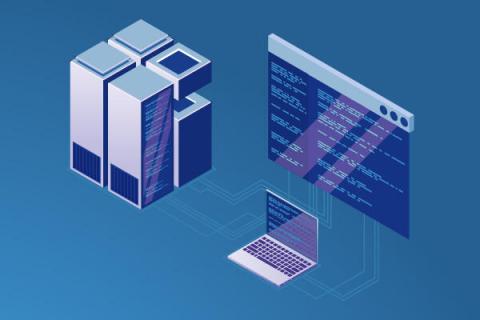Systems | Development | Analytics | API | Testing
%term
The top 5 software testing trends of 2022
2021 was a revolutionary year and the global workforce continued working in a hybrid fashion. For the QA industry, concepts like Robotic Process Automation and AI/ML became more and more advanced. New versions of both Open-Source and Commercial tools continued to flourish, which made DevOps more accessible and test automation more user-friendly. In addition, testers across the globe actively participated in many online events and conferences in order to improve their knowledge.
The metrics layer has growing up to do
Recently there has been a lot of excitement around the idea of a stand-alone metrics layer in the modern data stack. Traditionally, metrics have been defined in the BI or analytics layer where various dashboards are used to look at business metrics like Revenue, Sales Pipeline, numbers of Claims, or User Activity. Given that most organizations end up with multiple BI/Analytics tools, the idea has a lot of merits.
Deploying Laravel Apps to AWS Elastic Beanstalk
AWS Elastic Beanstalk is an easy way to deploy web applications and services. Just upload your code, and it handles the details like server provisioning, load-balancing, scaling, etc. In this article, Samson Omojola shows us how to deploy our Laravel apps to EBS.
We're going open source with Testsigma Community Edition
We’re thrilled to announce the launch of Testsigma Community Edition, the first ever open source test automation platform that works out of the box for web and mobile apps, and APIs. The Community Edition brings a core part of Testsigma’s cloud-based platform directly to the QA community. This includes an integrated automation engine, test development and test runner modules, and some cool new customization features. Check out the project repo on Github and give it a go.
From the newsletter - k6 v0.36.0 released, k6 Cloud app for Grafana, new load zones, and more
The first month of the year draws to an end. High time for an update from your trusted load testing provider!
11 Tips to Boost SQL Query Optimization
When enterprises and companies are having trouble with SQL query optimization, they frequently turn to performance tuning tools and optimization strategies. This will not only help in analyzing and speeding up queries, but also in resolving performance issues, troubleshooting bad performance, and avoiding or minimizing the impact on SQL Server databases. Data accessibility, availability, and performance are critical to corporate success.
How Kubernetes Gets Work Done
In this blog post series, we have discussed how Kubernetes enhances a container-based microservices architecture. We examine the rise of containers and Kubernetes to understand the organizational and technical advantages of each, including a deep dive into the ways Kubernetes can improve processes for deploying, scaling and managing containerized applications. The first in the series covered Next-Generation Application Development. The second covered the Next Frontier: Container Orchestration.
Your guide to Moesif's new in-app experience upgrade
We have launched a redesign of Moesif’s in-app experience and it’s a big one! As part of our journey to give our users the best experience possible, we’ve streamlined our in-app navigation. This update makes it easier to find key features in Moesif and will hopefully allow even existing users to see some features they haven’t used before but may be useful. As with all changes, big and small, there may be a learning curve.





